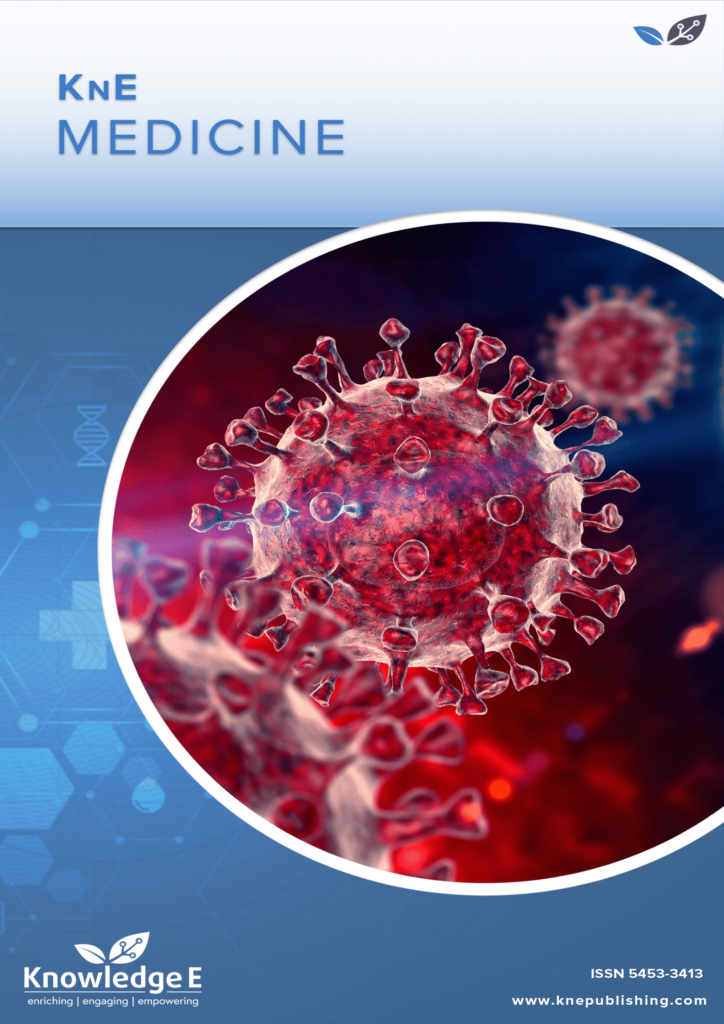
KnE Medicine
ISSN: 2519-125X
The latest conference proceedings on all fields of medicine.
Management of Impacted Permanent Canine on Upper Jaw with Surgical Exposure: A Case Report
Published date: Apr 25 2022
Journal Title: KnE Medicine
Issue title: The International Online Seminar Series on Periodontology in conjunction with Scientific Seminar
Pages: 1-8
Authors:
Abstract:
Background: An impacted tooth is often left unidentified due to the lack of symptoms. It is generally found when the patient is examined by a dentist. The maxillary canine should be retained for strength masticatory functions, esthetics and child development.
Purpose: To report the treatment options of impacted canine in a 12-year-old girl.
Case Report: A 12-year-old girl presented to Kertosono General Hospital with the complaint that her upper left permanent canine had not erupted and had no history of pain. Panoramic radiograph showed the impacted position of vertical tooth 23. The shift sketch technique radiograph indicated the impacted canine located at the buccal site. Surgical exposure to the upper left maxillary canine was performed, followed by orthodontic treatment to direct tooth position into an occlusal line. A fixed orthodontic appliance used, which was a roth bracket with a straight wire technique. After surgery and orthodontic treatment, tooth 23 was in normal occlusion.
Conclusion: Surgical exposure followed by orthodontic treatment can be performed successfully with special consideration to the patient’s age, dental space, location of dental crowns, dental inclination, apical root form of the impacted tooth and patient cooperation.
Keywords: impaction, surgical exposure, orthodontics, fixed appliance
References:
[1] Archer WH. Oral surgery. Philadelphia: Saunders; 2000.
[2] Jacob H. The etiology of maxillary canine impactions. Am J Orthod. 2001;87:125-39.
[3] Brencheley Z, Oliver RG. Morphology of anterior teeth associated with displacedcanines. Br J Orthod. 1997;24(1):41-5.
[4] Andersen JO et al. Textbook and color atlas of impaction. St. Louis: Mosby; 2000.
[5] Mochizuki et al. The horisontaly impacted maxillary canine situated in a labial position. Bull Tokyo Dent Coll. 2003;40:203-208.
[6] Proffit LJ. Contemporary orthodontic surgery. 2nd ed. Mosby; 2007.